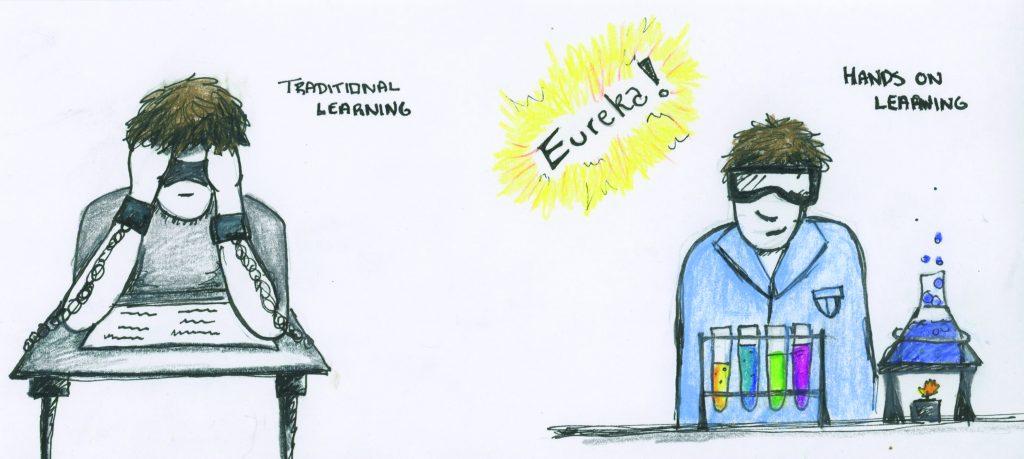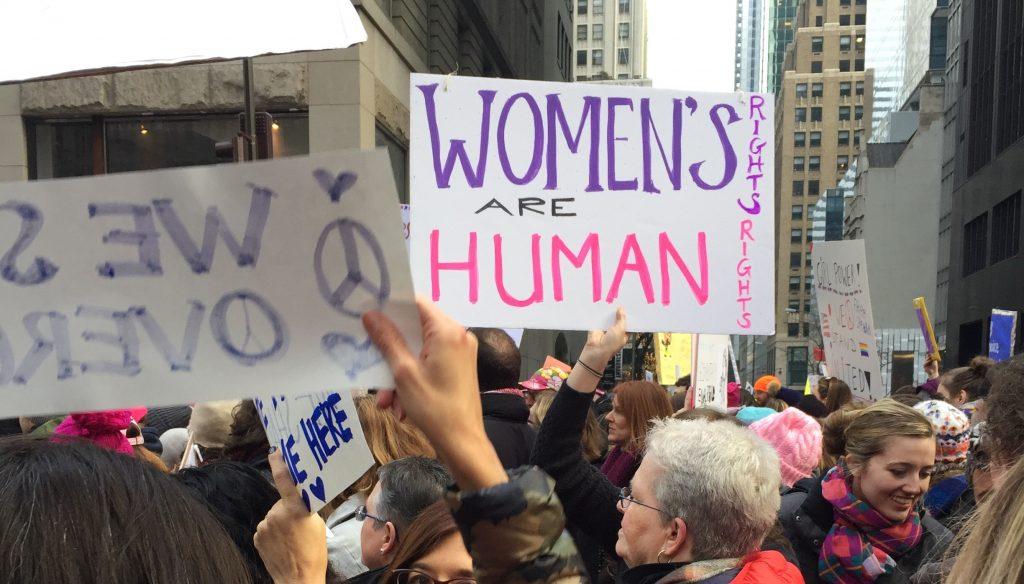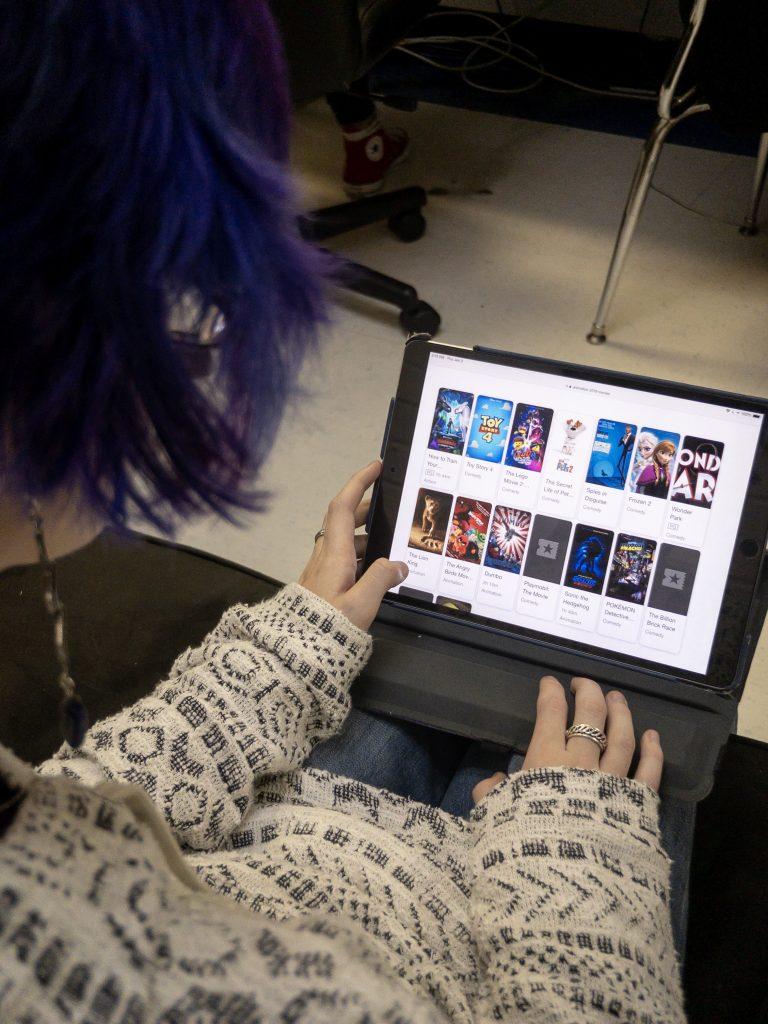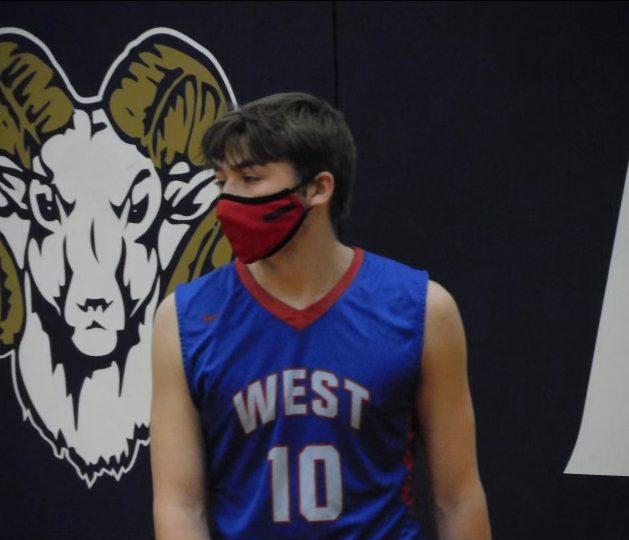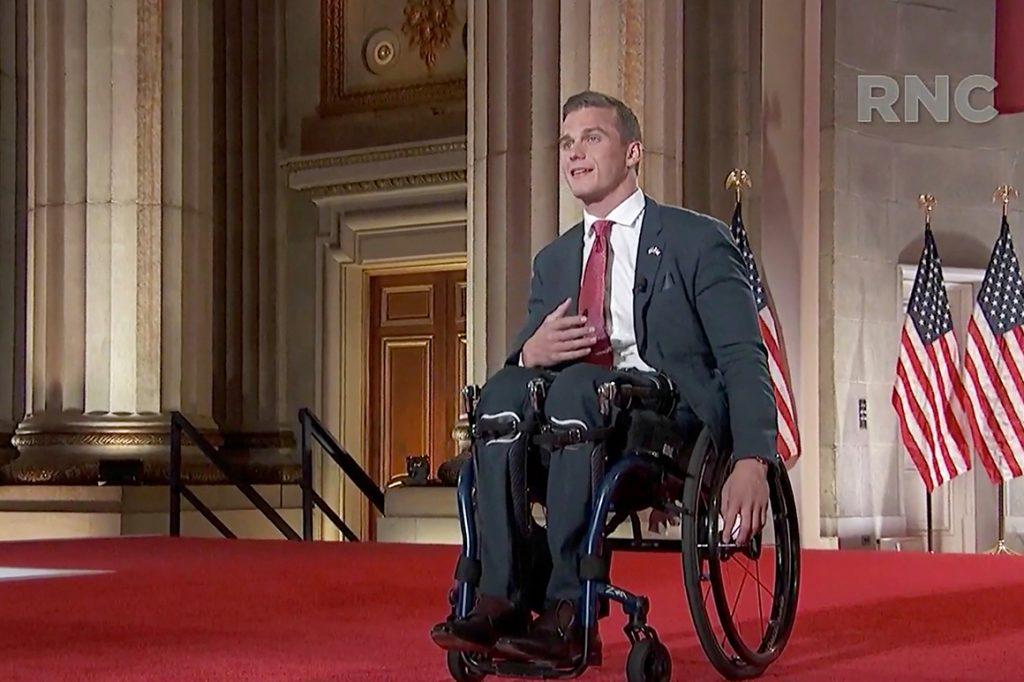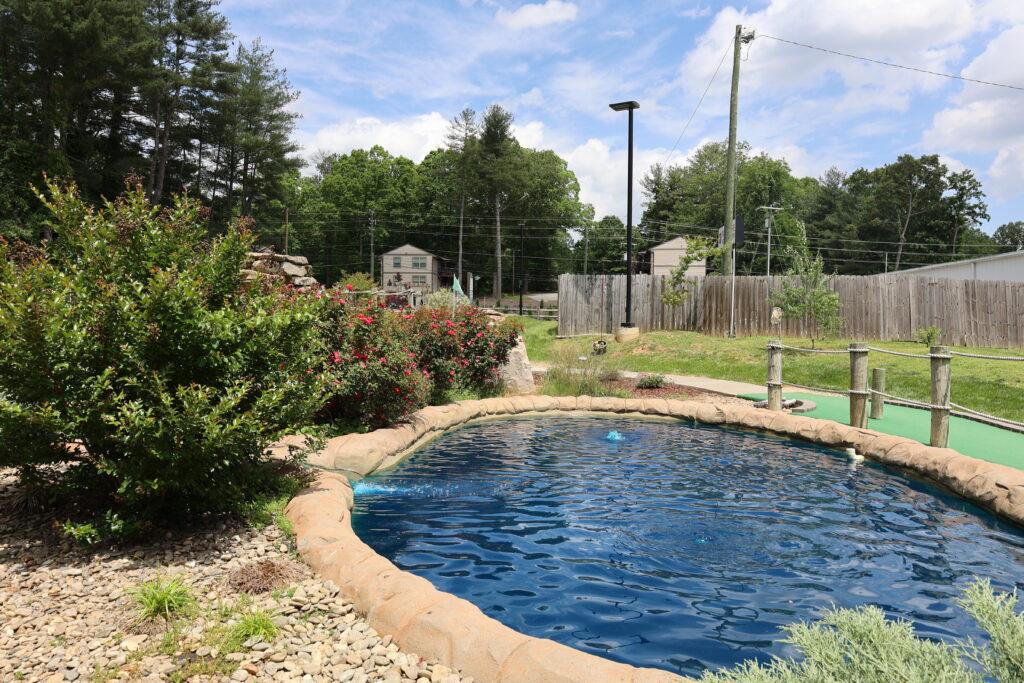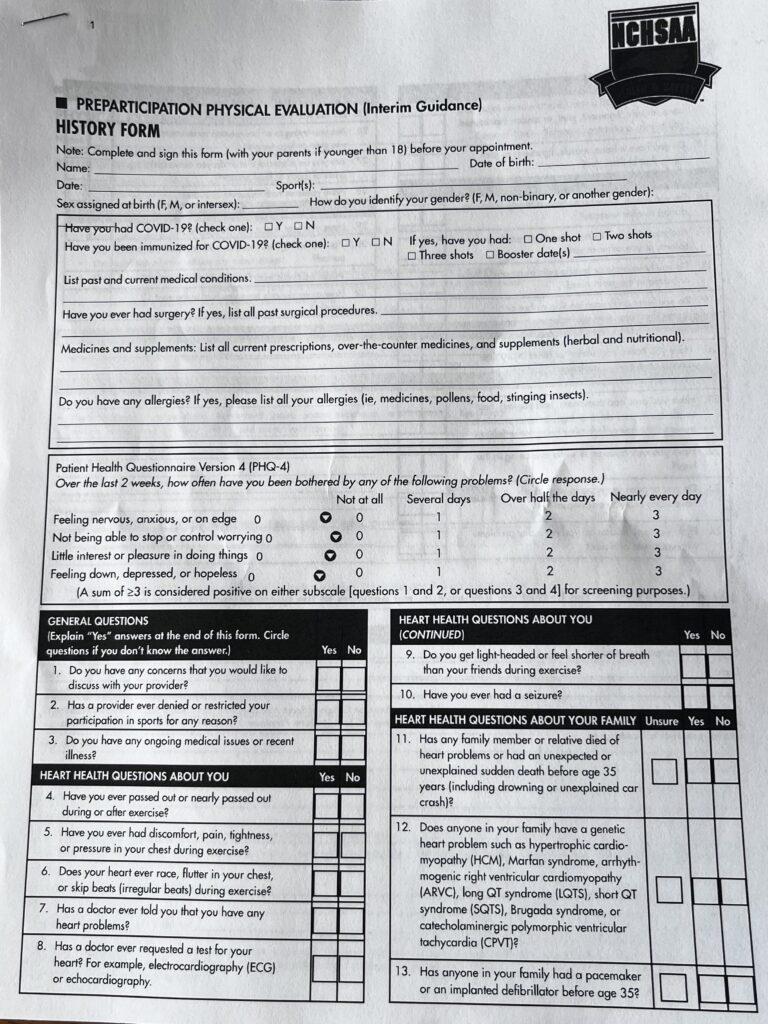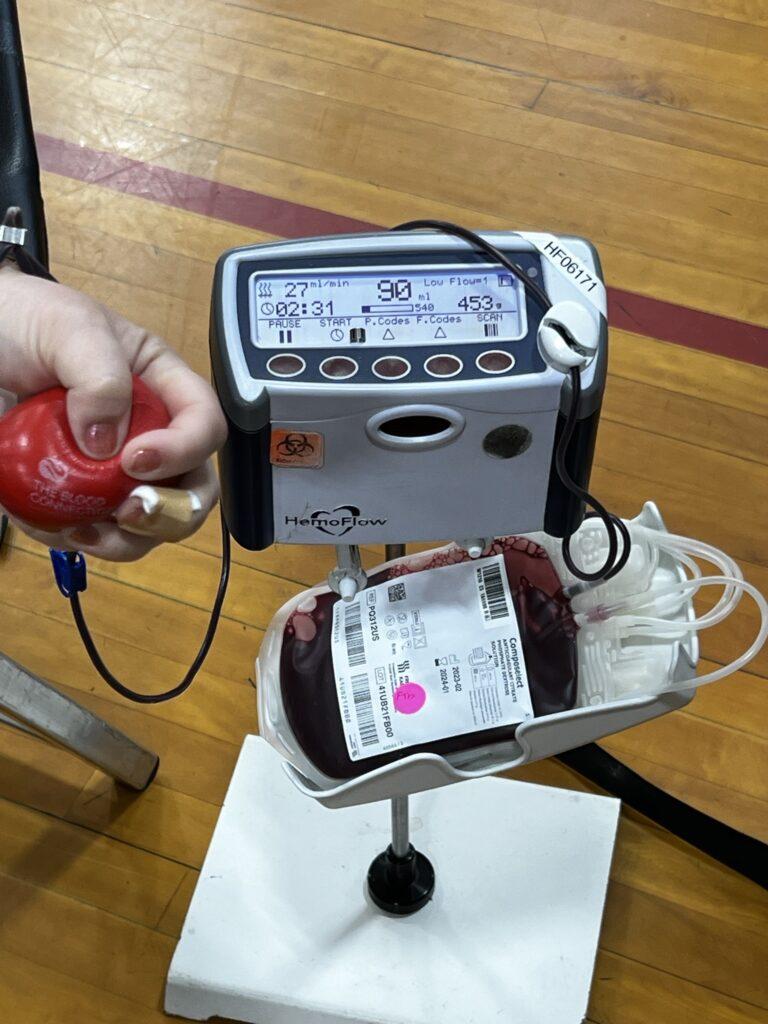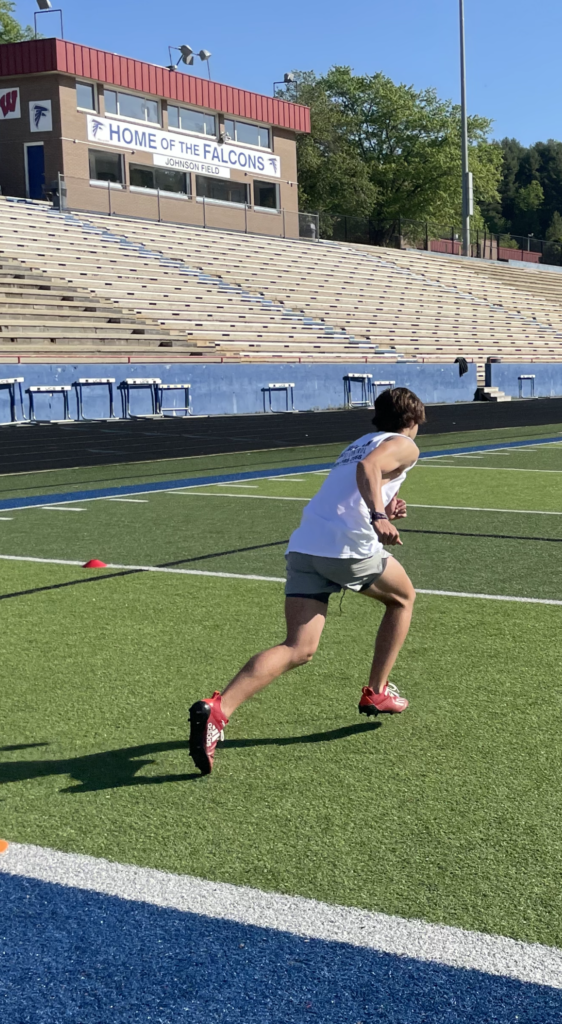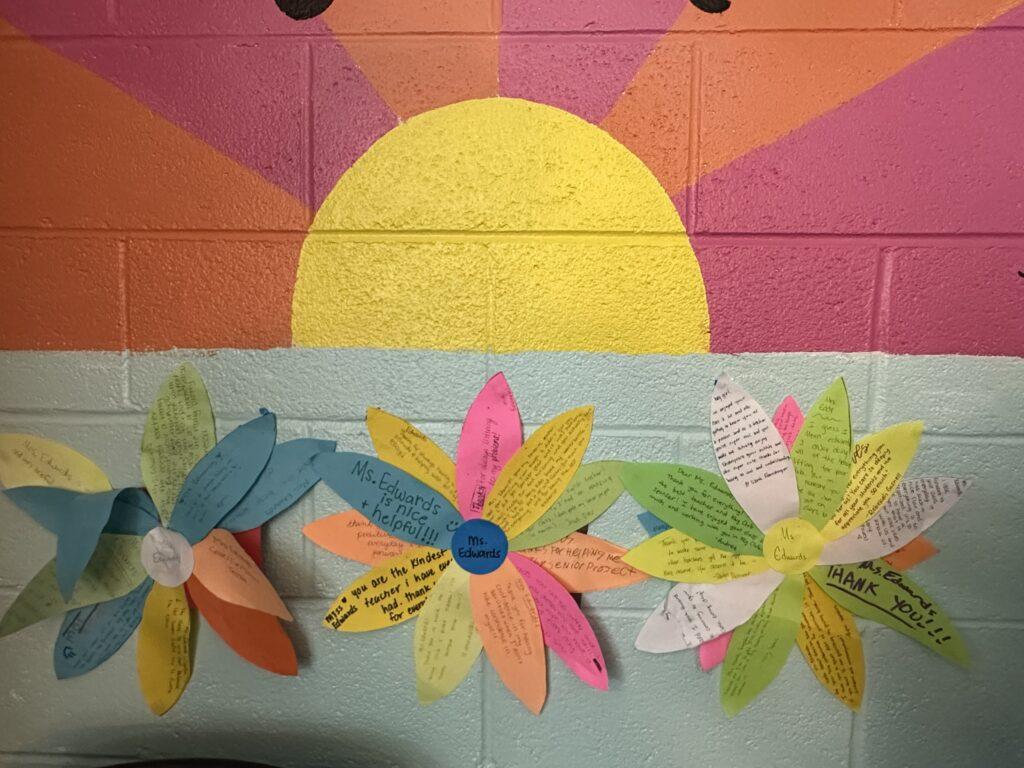At least, it should be. However, the harsh reality is that with the rigorous Common Core curriculum, ever-increasing testing requirements and limited funding, our public schools are forfeiting many opportunities for hands-on learning.
The fact is that learning by “doing” eats up more of the limited instructional time than taking notes from a Powerpoint.
There are three main ways people process information they need to learn: auditorily, visually and kinesthetically. Auditory learners absorb knowledge best by hearing the material, and visual learners retain information best by seeing the material. But kinesthetic learners do their best learning when they are actively engaged with the lesson.
These children don’t need to be lectured at or shown daily Powerpoints. Many students benefit from experiencing real examples and guided trial-and-error activities.
Experts estimate that about 50 percent of students fall into the kinesthetic learning category. It should make sense then that a large part of instruction should be geared toward these students. However, according to researchers at the University of Illinois, “only 10 percent of secondary students learn best auditorily, but 80 percent of instructional delivery is auditory.”
Should we widely adopt teaching methods that leave 50 percent of students out in the dark?
Although hands-on learning has been proven to be effective for many school-aged learners, there is not proof to suggest that it is the sole way to convey material to students. Oftentimes, it is useful to provide a strong base of knowledge for students with experiments and observations, without providing all the specific details or background knowledge.
Hands-on activities are a tool used to teach practical problem-solving, which can be compared to problem solving in the “real world.” It has been proven that the highest level of learning is reached when kinesthetic teaching methods are combined with auditory and visual methods. These combined methods lead to an increase in information retained by students.
Elective classes are leading the way in getting students actively involved. Carpentry students use tools to build and students in foods classes experience the kitchen.
Recently, these methods have been combined in West’s Career and Technical Education classes. The classes came together last fall to plan, design, construct and market a tiny house. This is the type of collaboration and learning that has proved to be the most effective in promoting deep levels of understanding about concepts. Doesn’t it make sense that we should put our knowledge to practical use in other subjects as well?
When it comes to learning, we do need textbooks, Powerpoints and vocabulary words. Going one-to-one with technology would be a critical step in the right direction. But we also need practical applications of the material and concepts we are asked to learn.
Teachers need to provide information in a variety of ways so all students can learn. It just isn’t fair to leave out the 50 percent of students who learn information kinesthetically. Though it’s true that kinesthetic learning takes more time and resources, the scientifically proven benefits are too important to be overlooked.

